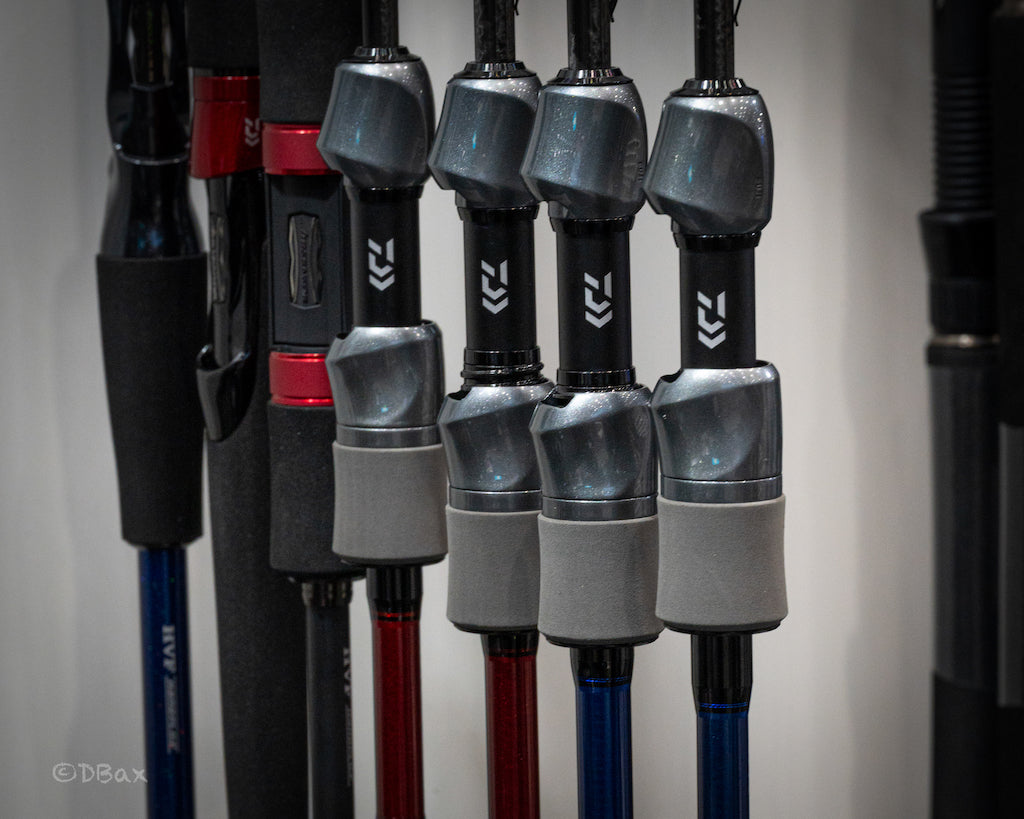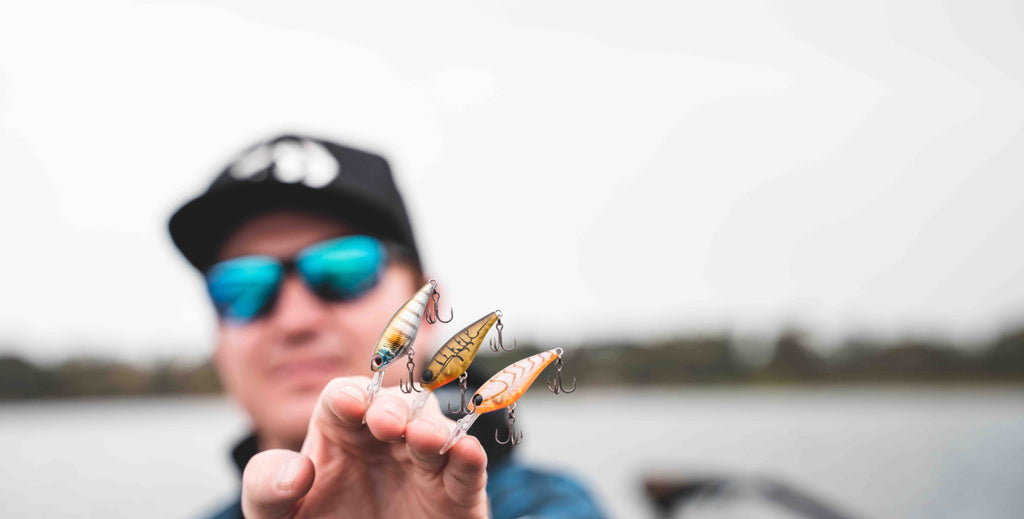Catch and Release Techniques: Enhancing Fish Handling for Responsible Anglers in Australia
Angling is a popular recreational activity enjoyed by millions of Australians, providing not only an opportunity to connect with nature but also to practice conservation and sustainability. One crucial aspect of responsible angling is the proper handling of caught fish during the catch and release process. By following best practices, anglers can minimize stress and injuries to fish, ensuring their survival after being released back into the waters. In this blog, we will discuss some effective catch and release techniques to improve fish handling for anglers in Australia.
1. Use the Right Equipment
To enhance the survival rate of fish during catch and release, anglers should ensure they use the appropriate equipment. Use barbless hooks or crimp down the barbs on hooks to make hook removal easier and less harmful to the fish. Opt for circle hooks instead of traditional J-hooks as they tend to hook fish in the corner of the mouth allowing for easy hook removal. If using a traditional J-hook, ensure the size of hooks chosen match the target species to avoid deep hooking,
2. Land Fish Quickly and Gently
Proper fish handling starts from the moment you land the catch. Minimize the fight time by using the appropriate fishing tackle and techniques. A prolonged struggle can exhaust the fish and lead to increased stress, reducing its chances of survival after release. Once the fish is close to the boat or shore, use a landing net made of rubber or knotless mesh to avoid damaging its sensitive scales or fins.
3. Keep the Fish in the Water
To minimize stress on the fish, keep it in the water as much as possible. Avoid unnecessary handling and never touch the fish with dry hands. Wet your hands before touching the fish to avoid removing its protective slime layer, which helps prevent infections and diseases. If you need to take photos, do so quickly and ensure the fish is held with its weight supported properly.
4. Revive the Fish
Before releasing the fish, ensure it is fully revived and capable of swimming away on its own. Hold the fish gently in the water, allowing it to regain its strength and balance. A fish that is released prematurely may become an easy target for predators or fail to survive due to exhaustion.
5. Pay Attention to Water Temperature
During hot summer months, water temperatures can rise to levels that stress fish even further. When the water is exceptionally warm, consider fishing during cooler hours of the day or targeting species that are more resilient to warm temperatures. If you are land based fishing and the water’s edge is very warm, wading out to some slightly deeper water, if safe to do so will enable you to access some cooler water for a safe release.
As responsible anglers, it is our duty to preserve and protect the aquatic ecosystems we all cherish. By adopting proper catch and release techniques, we can significantly contribute to the conservation of fish populations in Australia.
Remember to use appropriate equipment, land fish quickly and gently, keep the fish in the water, revive it before release, and consider the impact of water temperature. Together, we can enjoy the excitement of angling while ensuring that our local fish populations remain abundant and healthy for future generations to come. Let's fish responsibly and make a positive difference for the environment.
Be Earth Friendly!!


 Contact Us
Contact Us Blog
Blog About
About





